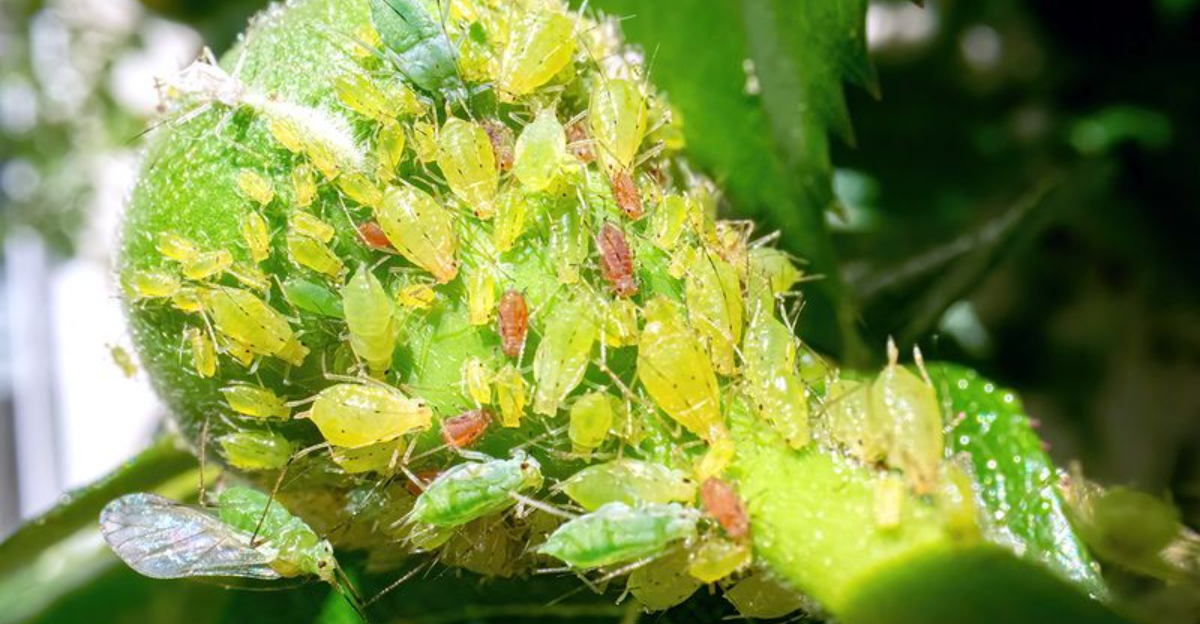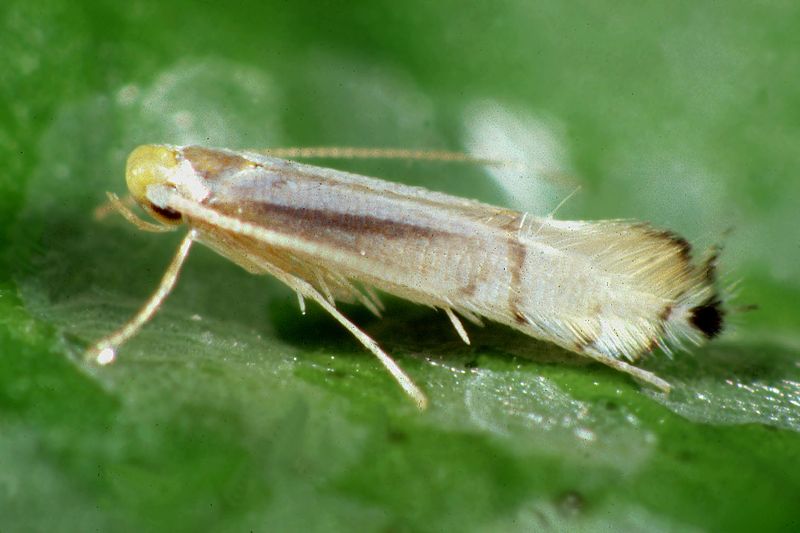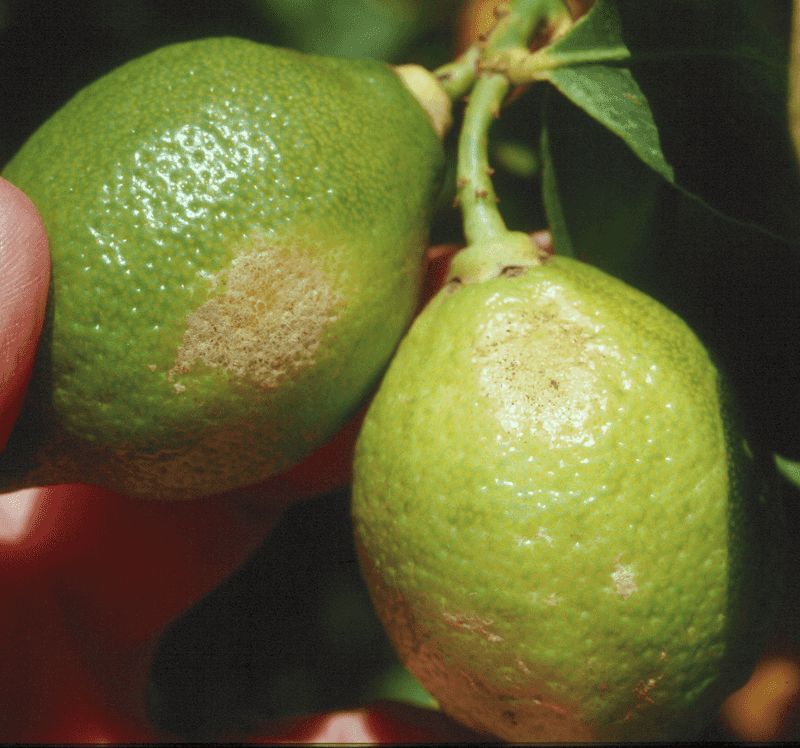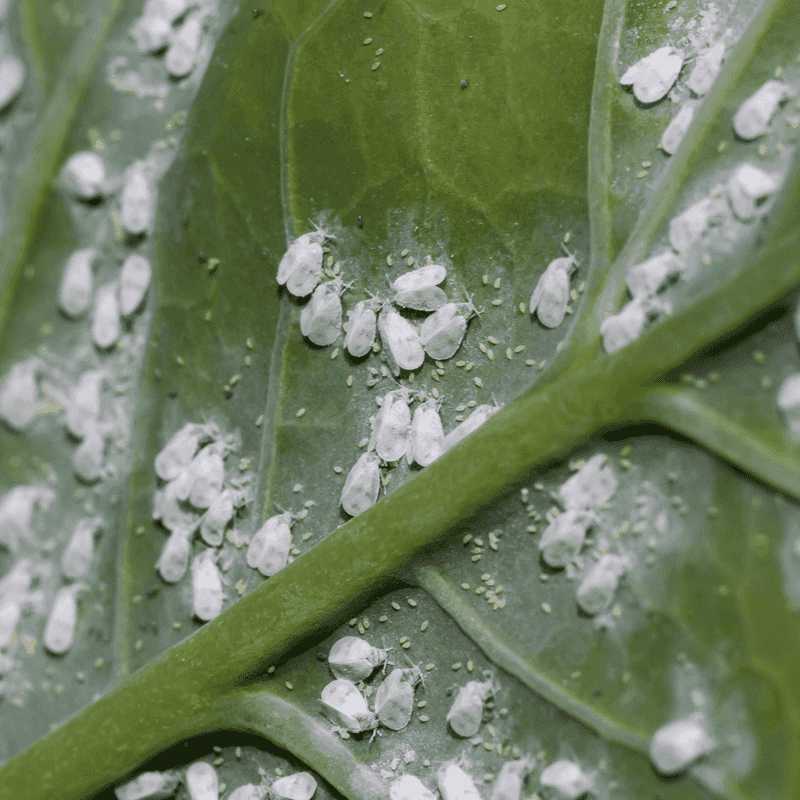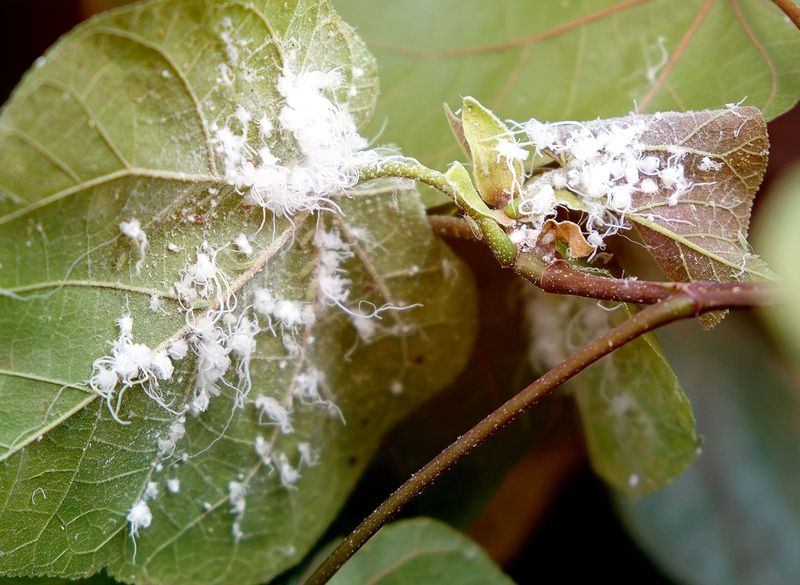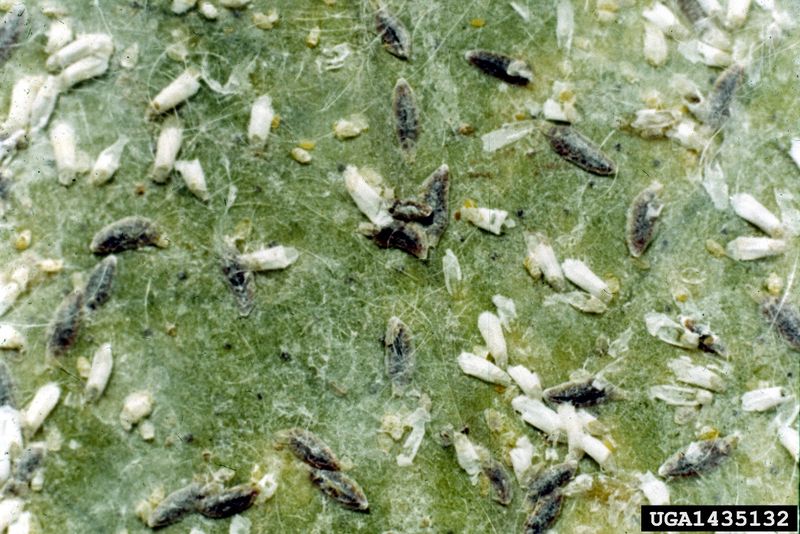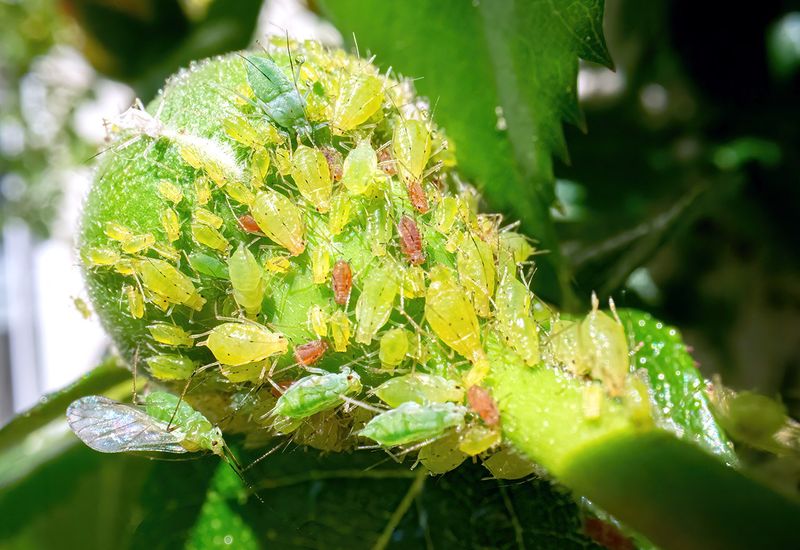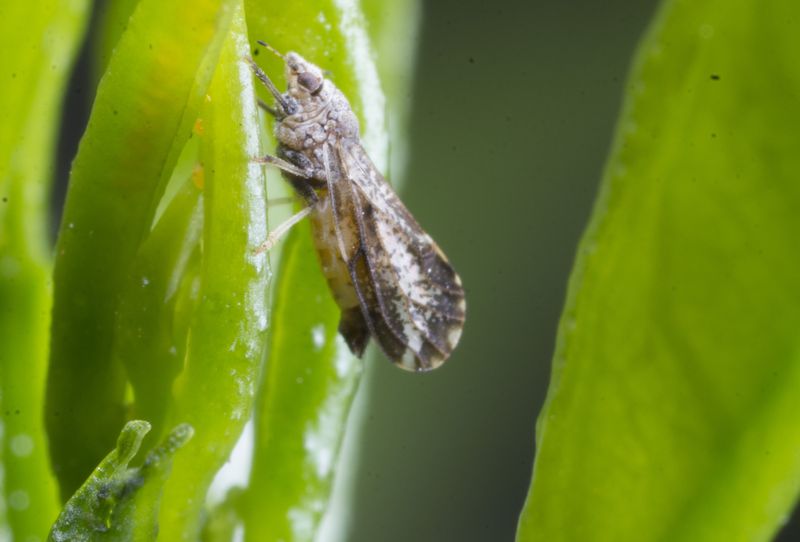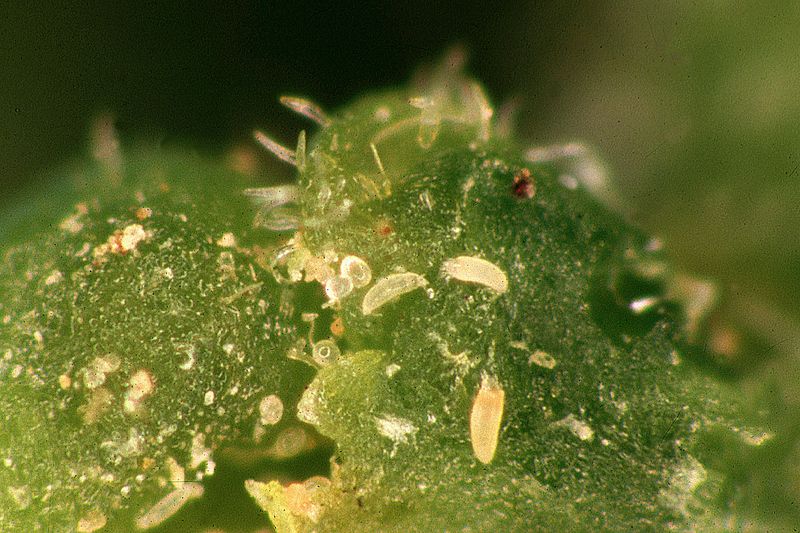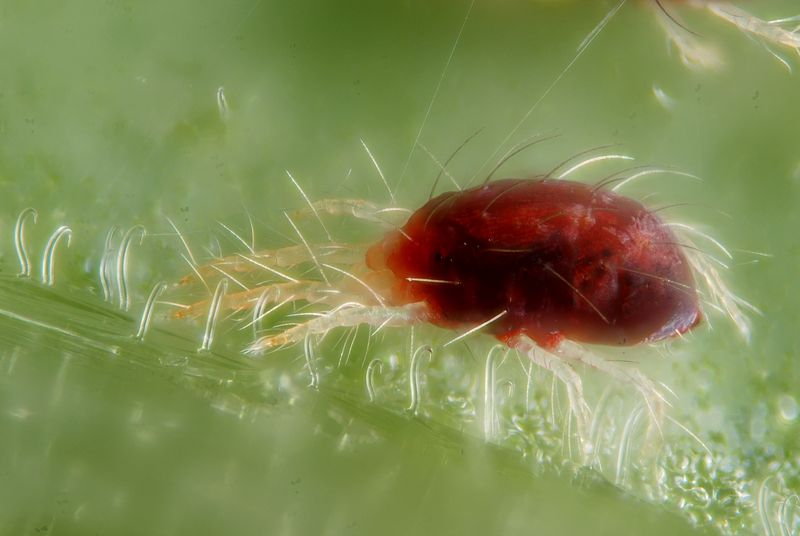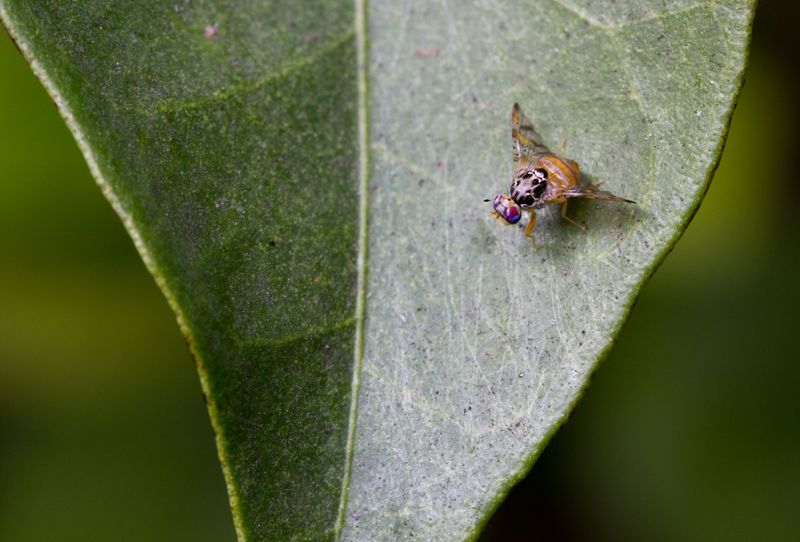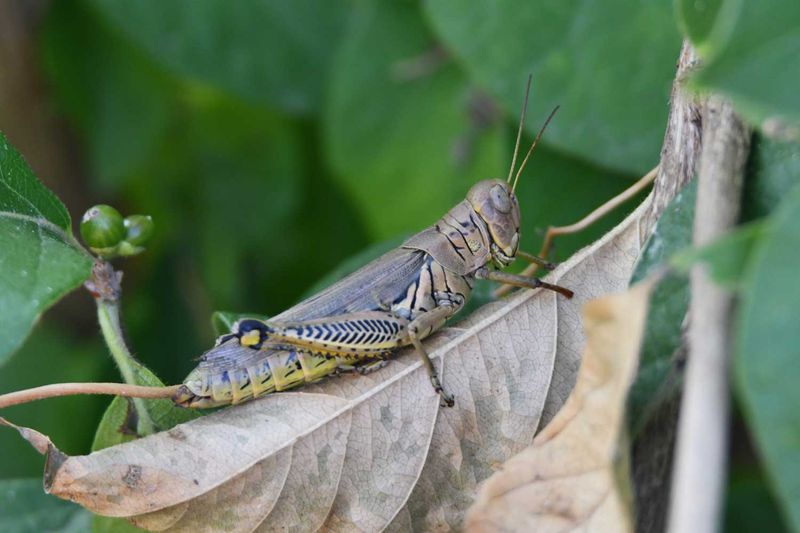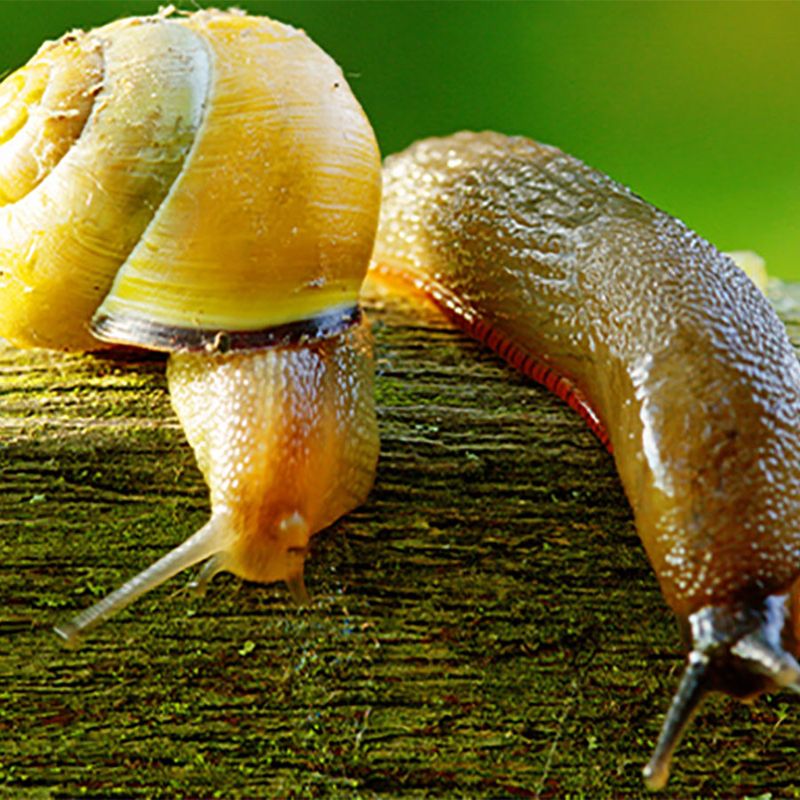Citrus trees are a delightful and rewarding addition to any garden, offering vibrant fruits and fragrant blossoms. However, these beautiful trees are often targeted by various pests that can compromise their health and productivity.
This season, being vigilant about identifying and managing these common citrus tree pests is crucial for maintaining the vitality of your citrus crops.
From tiny, sap-sucking insects to larger, leaf-chewing invaders, here’s a comprehensive look at 12 pests you should be aware of.
1. Citrus Leafminer
The citrus leafminer is the larva of a small moth that tunnels into young leaves, creating distinctive serpentine patterns. These squiggly mines, often silver in appearance, can cause leaves to curl and become misshapen. While this generally doesn’t seriously harm mature trees, young trees can suffer from reduced growth and vigor. Managing citrus leafminer involves using horticultural oils or introducing beneficial insects to disrupt their life cycle. Keeping trees healthy and properly fertilized can help mitigate the impact of these pests.
2. Citrus Thrips
Citrus thrips are very small, slender insects that primarily feed on the undersides of leaves and developing fruit. Their feeding activity can result in scarring or blemishes on young fruit and curled or silvery patches on leaves.
Infestations can lead to reduced fruit quality and cosmetic damage, although they rarely kill the tree. Implementing a regular monitoring routine and utilizing insecticidal oils can help manage thrips’ population effectively.
Additionally, maintaining tree vigor and avoiding excessive nitrogen fertilization can reduce susceptibility to thrips.
3. Whiteflies
Whiteflies are tiny, winged insects that feed on plant sap and are easily disturbed, flying in a cloud when touched. Their feeding causes yellowing of leaves and can contribute to the development of sooty mold due to the excretion of honeydew.
Whiteflies can weaken trees and make them more prone to disease. To manage whitefly populations, encourage natural predators like ladybugs and lacewings, or use yellow sticky traps for monitoring and control.
Regularly inspecting your trees and removing heavily infested leaves can also help in managing these pests.
4. Mealybugs
Mealybugs are small, oval insects covered with a white, cottony wax. They cluster on leaves, stems, and fruit, secreting honeydew that leads to sooty mold and attracting ants. Their feeding distorts plant growth and can cause leaf drop.
To control mealybugs, prune infested areas and use insecticidal soaps or horticultural oils. Introducing natural predators like ladybugs can also be effective.
Monitoring and maintaining tree health are essential to mitigate damage and prevent large infestations that could severely impact your citrus trees.
5. Scale Insects (Soft & Armored)
Scale insects, both soft and armored, appear as small bumps on stems, leaves, or fruit surfaces. They feed on plant sap, causing yellowing leaves, leaf drop, and sticky residue. Armored scales can leave a hard shell behind, complicating control measures.
Persistent infestations may require systemic insecticides or horticultural oils. Encouraging beneficial insects like wasps can also help manage scale populations.
Regularly inspect your trees and remove infested branches to reduce scale presence and protect tree health.
6. Aphids
Aphids are small, soft-bodied insects typically green, black, or brown. They feast on plant sap, leading to curling or distorted new leaves. Their feeding process produces a sticky substance known as “honeydew,” which can attract ants and promote the growth of sooty mold on leaves.
In severe infestations, aphids can stunt plant growth and cause a significant decline in tree health. Consider introducing natural predators like ladybugs or using insecticidal soaps to control their population.
Regular monitoring and proper management are key to preventing aphid-related damage in your citrus trees.
7. Asian Citrus Psyllid
The Asian citrus psyllid is a plant-sap feeding insect infamous for transmitting Huanglongbing (HLB), a devastating citrus disease. Signs of infestation include deformed new leaves and stunted growth.
If HLB is present, yellow shoots with mottled leaves appear. Early detection and removal of infected trees are crucial to prevent spread.
Use of insecticides and releasing parasitic wasps can help control psyllid populations. Staying informed about local outbreaks and maintaining strict quarantine measures are vital for safeguarding your citrus trees.
8. Citrus Bud Mite
Citrus bud mites are tiny arthropods that affect buds and flowers, causing malformed blossoms and fruit. The mites are invisible to the naked eye but leave telltale scarring on fruit and can lower fruit set. Mitigating bud mite damage involves applying sulfur sprays and encouraging beneficial predatory mites. Regular inspection during the blooming season can help identify and manage infestations early, preserving the vitality and yield of your citrus trees.
9. Spider Mites
Spider mites are minuscule, spider-like pests that thrive in hot, dry conditions. They suck sap from leaves, causing stippling or speckling. Affected leaves may turn yellow or bronze, and fine webbing can be found on the undersides.
Control spider mites by maintaining adequate humidity and using miticides. Introducing natural predators like predatory mites can also be effective.
Regularly wash foliage to remove dust, which harbors spider mites, and inspect your trees frequently to catch infestations early.
10. Fruit Flies (e.g., Mediterranean Fruit Fly)
Fruit flies, such as the Mediterranean fruit fly, lay eggs inside citrus fruit, leading to internal rot. Signs include small puncture wounds on the rind, premature fruit drop, and mushy or discolored interiors. To manage fruit flies, use bait traps to reduce adult populations and remove fallen fruit promptly to break the life cycle. Regular monitoring and employing pheromone traps can also aid in effective control, preserving the quality and yield of your citrus harvest.
11. Grasshoppers/Katydids
Grasshoppers and katydids are larger insects that chew on leaves, leading to jagged edges and significant leaf loss. Occasionally, they may also damage fruit.
Managing these pests involves using barriers or insect nets around young trees and applying insecticides if needed. Encouraging natural predators, such as birds, can help keep populations in check.
Regular monitoring is essential for early detection and intervention to prevent extensive damage.
12. Snails/Slugs
Snails and slugs are mollusks that climb tree trunks to feed on lower foliage and fruit, creating irregular holes and leaving slime trails. Damaged fruit near ground level is also common.
To combat snails and slugs, employ copper tape around trunks and use bait or traps to reduce their numbers. Handpicking during damp conditions can also be effective.
Maintaining a tidy garden and removing debris will minimize hiding spots, helping to protect your citrus trees from these pests.
